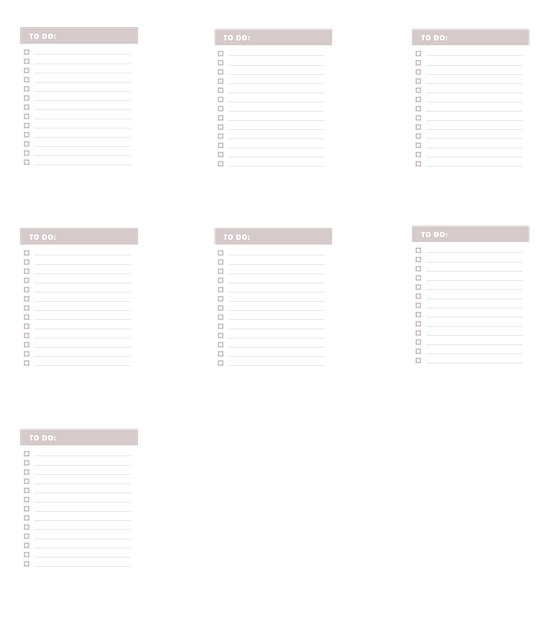Employment reference checks verify personal data and assess applicant suitability. Employers contact previous employers for insights into work history, performance, and character through detailed questions. Accurate verification involves confirming references' willingness and ability to vouch for the applicant, ensuring reliable assessments that enhance application credibility. Ideal references are former colleagues or supervisors who can provide firsthand accounts of skills and accomplishments, verifying data and building trust with potential employers. Thorough reference verification protects all parties, ensures accuracy, and maintains network reliability.
When applying for jobs, verifying your personal and professional references is a crucial step. This process ensures employers can confirm your background, skills, and work history accurately. In this article, we’ll guide you through everything from understanding reference checks to gathering personal references effectively and choosing suitable professional referrals. We’ll also provide methods and tips for verifying references and the steps to handle them afterward, ensuring you present yourself professionally throughout the process.
- Understand Reference Checks in Employment
- Gather Personal References Effectively
- Choose Suitable Professional Referrals
- Verify References: Methods and Tips
- Handling References: Post-Verification Steps
Understand Reference Checks in Employment

Employment reference checks are a crucial part of the hiring process, designed to verify the authenticity of an applicant’s personal and professional information. When applying for a new job, potential employers may contact your previous employers or clients to gather insights into your work history, performance, and character. This process helps them assess your suitability for the role and makes an informed decision.
During reference checks, employers typically verify key details, such as dates of employment, job titles, and responsibilities. They might also ask about your professional accomplishments, areas of expertise, and how you handled various tasks or challenges. By cross-referencing this information with your resume and cover letter, hiring managers can ensure the accuracy of your application and gain a more comprehensive understanding of your background.
Gather Personal References Effectively

When gathering personal references, ensure you verify the accuracy of the personal data provided. This step is crucial as it helps maintain the integrity of your reference list. Reach out to each reference and confirm their willingness to vouch for you, then double-check their contact information to guarantee accessibility.
Effective verification involves confirming not just their identity but also their relationship with you. Ask about specific projects or experiences that demonstrate your skills and character. This process ensures that the references you include are reliable and can provide an honest assessment of your abilities, enhancing the credibility of your application or profile.
Choose Suitable Professional Referrals

When selecting professional references, it’s crucial to choose individuals who can vouch for both your skills and character, especially when employing them in a specific field. These referrals should be former colleagues, supervisors, or clients who have firsthand experience with your work ethic and abilities. Ensure that they are well-versed in the nature of your expertise, enabling them to provide accurate insights during the verification process.
The ideal professional references can offer detailed examples of your accomplishments, providing a comprehensive picture of your capabilities. Their willingness to share their positive experiences with you demonstrates your professionalism and integrity. Remember, these referrals play a vital role in verifying your personal data, including your skills, qualifications, and reputation within the industry, thereby enhancing potential employers’ trust in your abilities.
Verify References: Methods and Tips

Verifying references is a crucial step in ensuring the authenticity and reliability of your professional and personal contacts. It involves cross-checking the information provided by your referents to confirm their legitimacy and suitability for the role or purpose at hand. One effective method is to reach out directly to the referent using the contact details they’ve provided, such as phone numbers or email addresses. During this communication, verify their professional status, including their current role and tenure at a company, to ensure they are who they claim to be.
Additionally, check if they have indeed worked with or for you, as stated in the reference. Many organizations also utilize online platforms or databases to verify personal data, such as employment history and educational background. These tools allow for automated checks, streamlining the process and reducing potential errors. Remember, thorough verification not only protects both parties but also ensures that references are honest, accurate, and reliable.
Handling References: Post-Verification Steps

After successfully verifying your references, it’s crucial to maintain open lines of communication with them. This involves promptly updating your contacts with any new information or changes in roles and responsibilities. Remember to thank your references for their time and support; a simple gesture can go a long way in fostering professional relationships.
Additionally, ensure that you store all documentation related to the verification process securely. This includes any correspondence, emails, or written confirmations from your references. Such records can be invaluable if you need to re-verify or provide additional proof of employment and character in the future.
